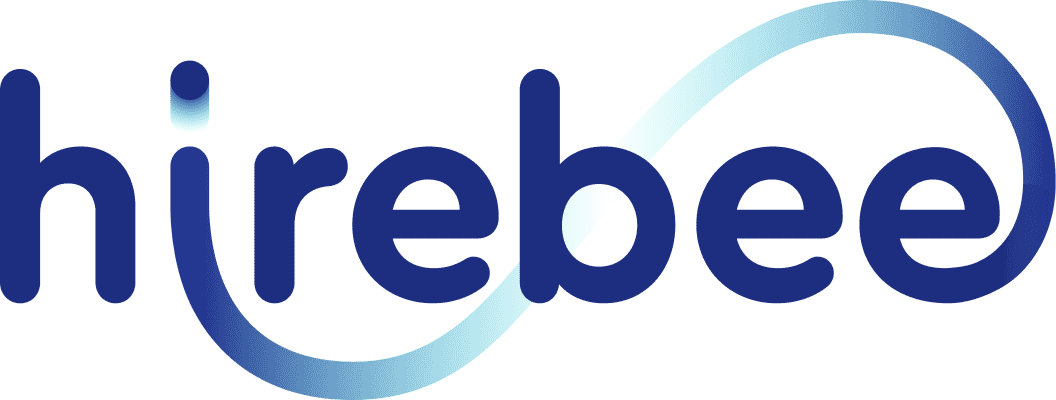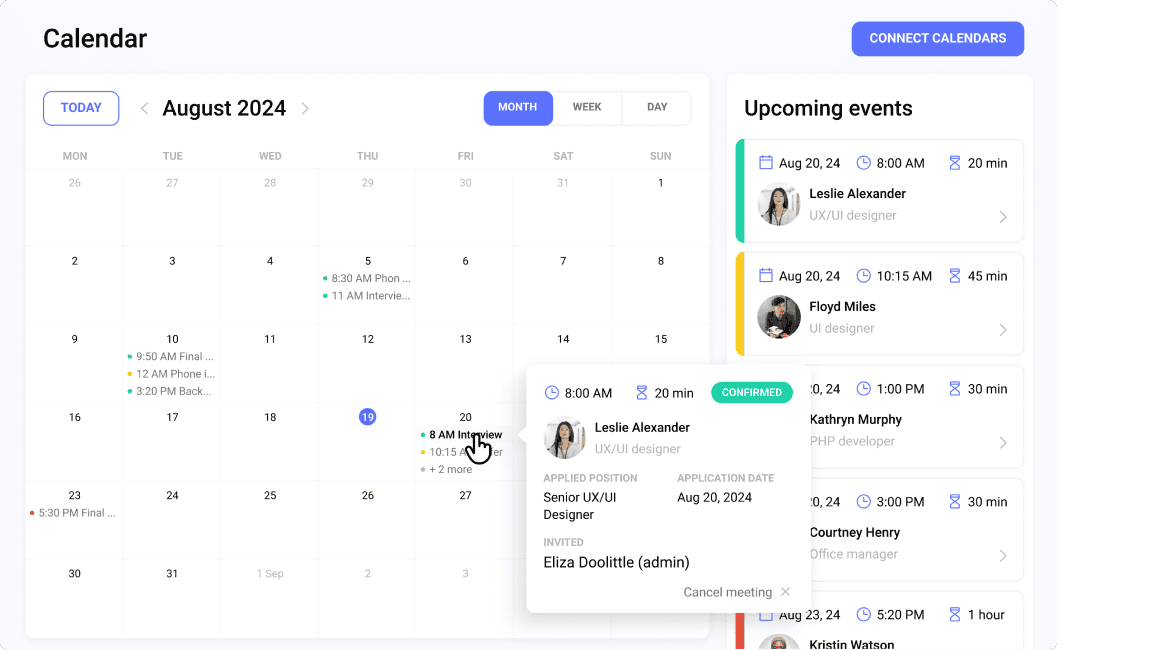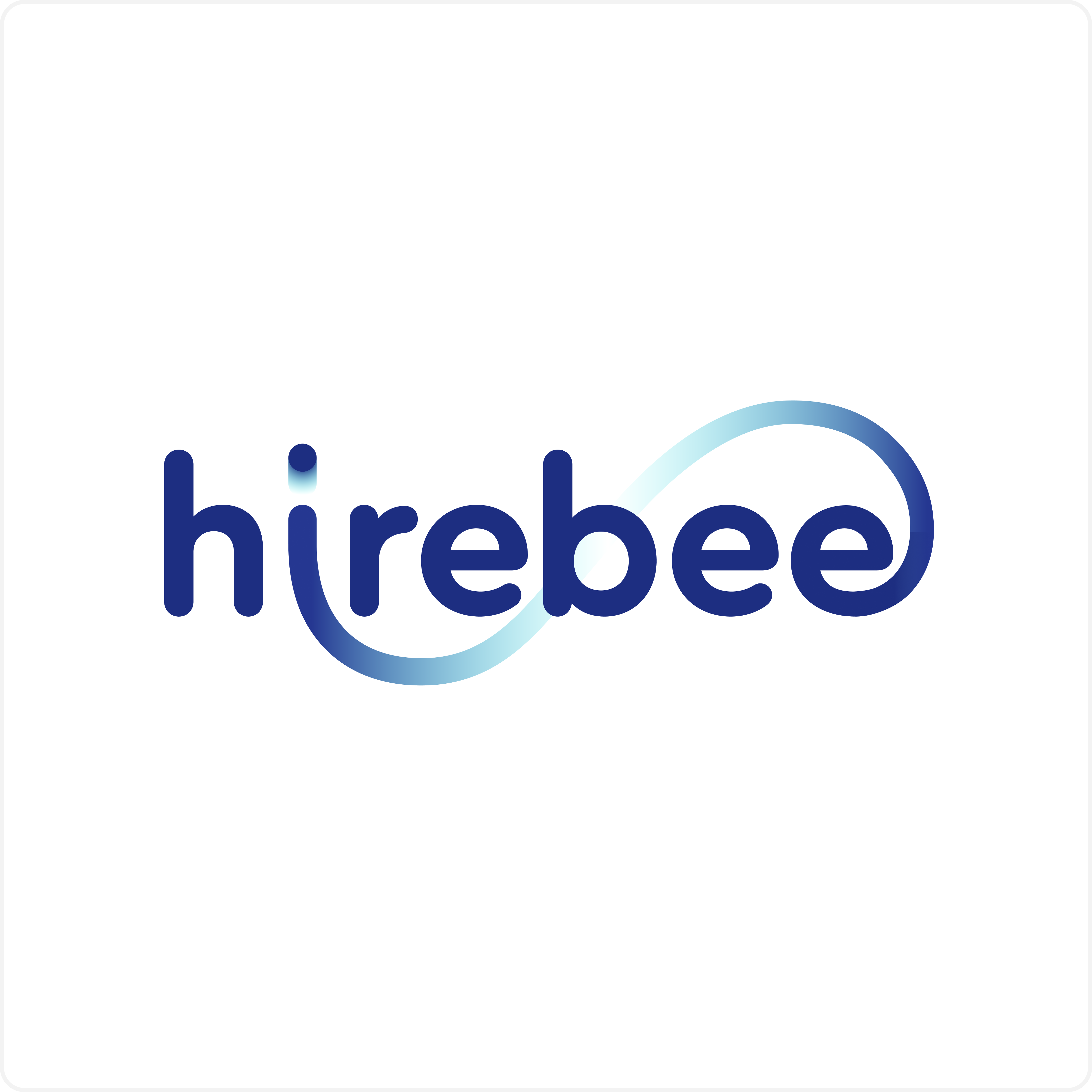In the hiring landscape, recruiters face mounting challenges, from managing high volumes of applications to identifying the right talent quickly, all while maintaining a positive candidate experience. Traditional recruitment methods often fall short in delivering the speed, accuracy, and efficiency that modern organizations require. This is where recruitment automation steps in. By streamlining repetitive tasks, improving communication, and enabling smarter decision-making, automation is transforming the way companies attract, engage, and hire top talent.
In this comprehensive guide, you’ll discover how it works, the key benefits it offers, and practical steps to implement it in your hiring process. Whether you’re looking to boost efficiency, reduce bias, or enhance candidate experience, this guide has you covered.
Table of Contents
ToggleWhat is Recruitment Automation?
Recruitment automation is the use of technology and software to simplify and optimize the hiring process. By automating time-consuming tasks such as resume screening, interview scheduling, and candidate follow-ups, companies can focus more on strategic decision-making and candidate engagement. This approach not only increases hiring efficiency but also helps reduce human error and unconscious bias. For example, recruiting software for small business can offer accessible automation features that streamline hiring even for companies with limited HR resources. As more businesses recognize the impact of streamlined hiring, understanding what recruitment automation is becomes essential to staying competitive in today’s talent market.
Why We Need Recruitment Automation More Than Ever
Recruiters spend up to 70% of their time on repetitive tasks, from screening resumes to scheduling interviews, leaving little room for strategic hiring decisions. Recruitment can often become a drawn-out and inefficient process, burdened by the many stages in the hiring funnel that demand time and attention. In an era marked by rapid technological advancements and a highly competitive job market, traditional hiring methods struggle to keep pace with evolving demands.
This long-standing challenge in HR has been effectively addressed by modern recruitment automation systems, which drastically reduce the time and effort spent on manual tasks. By streamlining the process from job posting to candidate selection, the recruitment automation process enhances speed, accuracy, and personalization, empowering recruiters to focus on what truly matters: finding the best talent. This article is part of a broader series exploring smarter, tech-enabled workforce management solutions.
Recruitment Funnel Stages You Can Automate
From candidate sourcing to candidate screening and interview scheduling, the modern recruiter is equipped with countless tools to eliminate the speed bumps present in different stages of the recruitment funnel. Each of these stages has its causes for inefficiency, and the role of recruitment automation software is to provide solutions for all of these causes.
Job Post Multiposting Automation
Alright, we have signed up for a job board, beautifully written out a job description, and listed our job posting. Which hiring stages can we now automate? Well, if we run that back, we will realize that we have already missed out on an opportunity for automating the hiring process. That’s right, these softwares can now help you automate your job postings.
A strong job distribution campaign often includes posting the same job opening to multiple job boards and social media. To save yourself from the hassle of individually creating job posts on all these different websites, you can instead centralize your job distribution campaigns by multiposting from one platform.
Through multiposting, you can connect your job announcements with multiple job boards and social media platforms, effectively distributing your jobs through one dashboard with just one click of a button. Not only does multiposting save a lot of time posting jobs, but it also helps collect all the applicants into one place, laying the foundation for a centralized recruitment process.
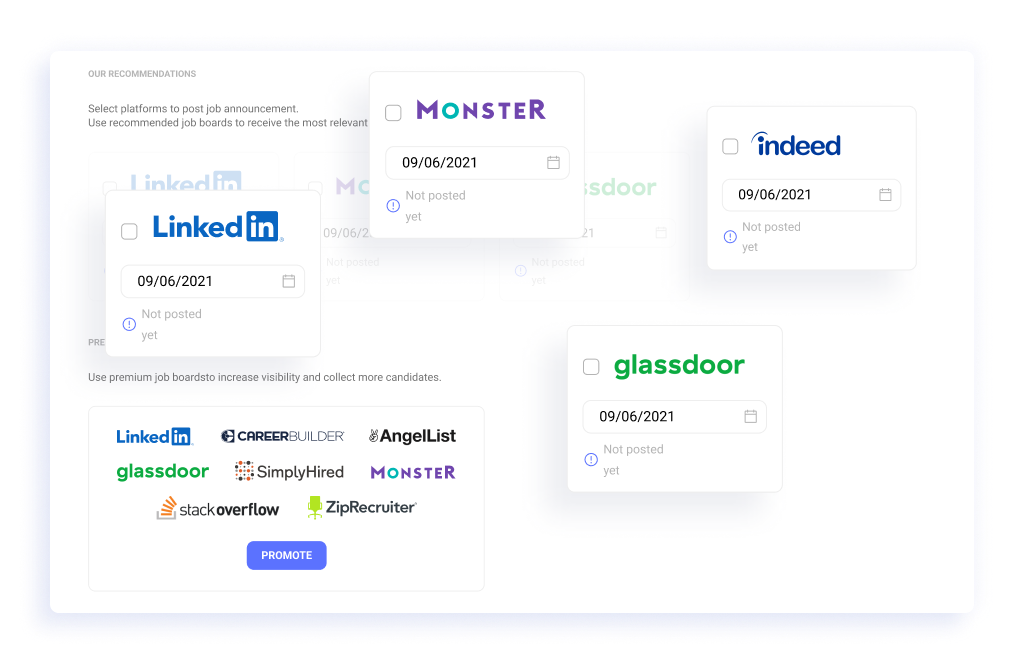
Candidate Sourcing with Chrome Extensions
Candidate sourcing has been greatly increasing in popularity as profiling candidates has become easier with the advent of LinkedIn and job boards. The hiring practice has great perks, and the consensus seems to be that sourced candidates are usually more fit for the job than the applicants. As a result, many recruiters find it very lucrative to go out there and proactively source candidates, rather than only relying on the candidates to come to them. Some surveys suggest that sourced candidates are nearly twice as effective as applicants.
The only problem, however, remains that proactively sourcing candidates can be very time-consuming. As a result, hiring teams may find themselves struggling to integrate candidate sourcing into their hiring process without disrupting their existing workflow. However, integrating such a lucrative hiring practice into your workflow is a piece of cake with the help of candidate-sourcing automation tools.
Hirebee’s candidate sourcing tool is a Chrome extension with which you can seamlessly integrate your sourced candidates into your candidate database. Those extra clicks and time that would be needed to perform the same task without the extension may not seem much, but they certainly stack up and become a painstakingly long process. Most importantly, sourcing candidates with automation software will also help you reap the other benefits discussed in this article, as you can move the candidates through your recruitment funnel just like any other applicant in your pipeline.
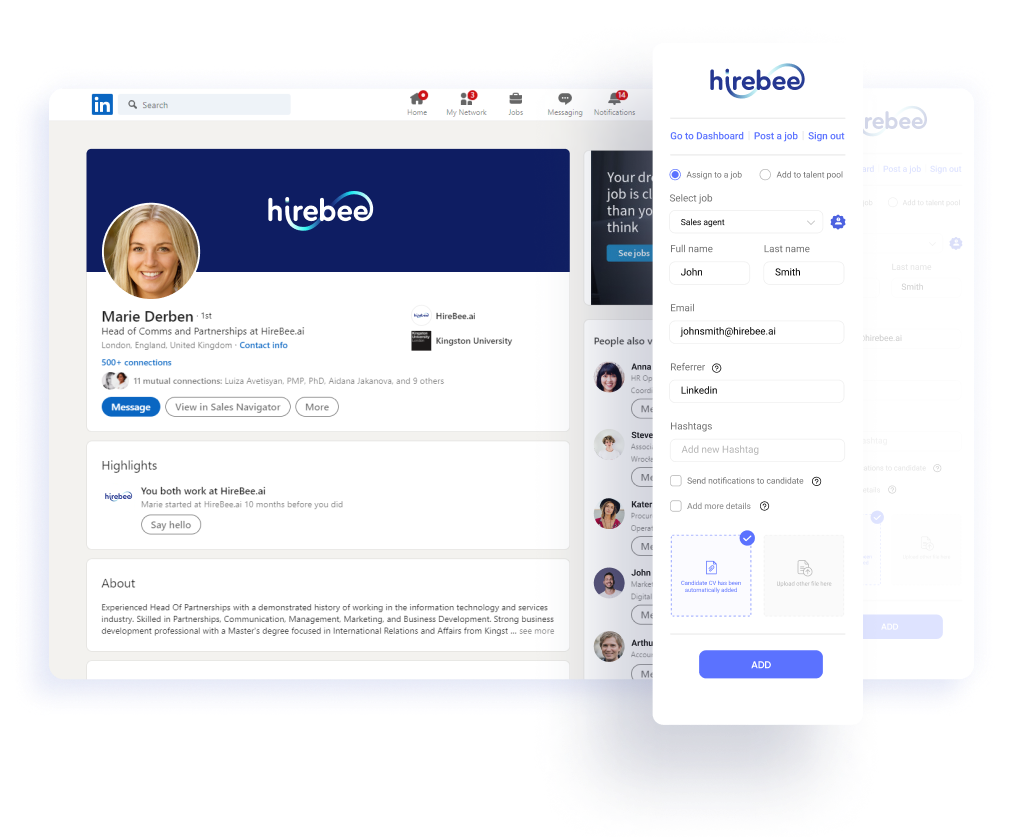
Automated Candidate Communication
Establishing efficient communication with candidates is a must if you don’t want your candidate experience to tank. You have to maintain that back and forth and keep candidates informed on their application status. However, for most hiring teams, such a process can be extremely lengthy, which is why a lot of hiring teams simply skip over these emails, creating unhappy applicants and a poor employer brand.
Instead of leaving your applicants in the cold, software offers a better alternative: automating communication with candidates. With customization of multiple workflows and email templates, you can automatically send rejection and follow-up emails upon changing the application status of candidates. By integrating automated emails into your hiring process, your recruitment will not only be candidate-centric, but it will also have a great structure.
AI-Powered Candidate Screening
This discussion wouldn’t be complete without the inclusion of the role AI plays in hiring. Perhaps one of the most lucrative practices is automated candidate screening. Automating candidate screening implies letting the AI read resumes for you. Sounds weird, but it’s completely effective. With the ease and practically non-existent opportunity costs of applying to a position, many job announcements are now littered with irrelevant applications. It is an unfortunate reality, but luckily, matching algorithms can efficiently filter these applications for you and save you lots of time and sanity.
However, this is not the only use of automated candidate screening. AI can also automatically assign rankings to your candidates based on how relevant they are to your job description. This can help give you extra foresight and data to work with before individually screening and evaluating candidates.
Calendar and Mailbox Integration for Recruiters
Unlocking the true potential of recruitment automation, Hirebee introduces a seamless and dynamic experience through its innovative integrations. With a built-in calendar and mailbox integration, the power to manage every aspect of the recruitment process resides right within your dashboard. The incorporation of smart notifications ensures you’re always in the loop, never missing a beat. Moreover, Hirebee takes it a step further by seamlessly syncing with Google and Outlook calendars, offering a centralized hub where interviews, appointments, and tasks seamlessly come together. Witness the efficiency of interview invite confirmations directly from candidates, further streamlining the process.
In a world where time is of the essence, these integrations empower recruiters to supercharge their recruitment efforts, making every interaction and appointment a step toward building a formidable team.
Learn all about Built-in Mailbox and Candidate Integration in detail >> Built-in calendar and mailbox
The Role of Data Security
In the recruitment automation realm, data security stands as an unwavering pillar of commitment to excellence. Everyone understands the paramount importance of safeguarding sensitive candidate information. Hirebee’s platform prioritizes data security through a multi-faceted approach, encompassing advanced encryption protocols, stringent access controls, and robust data retention policies. We recognize the trust placed in us to handle personal data responsibly and in compliance with stringent regulations, including GDPR. With Hirebee, recruiters can rest assured that every interaction, from application to interview, is protected by a fortress of digital defenses.
The dedication to maintaining the highest standards of data security not only ensures peace of mind but also solidifies the pledge to a seamless, trustworthy, and privacy-conscious recruitment experience.
How to Start With Recruitment Automation?
Implementing recruitment automation can transform your hiring process, but success begins with a well-structured approach. Here are six essential steps to help you get started and make the most of automation from the beginning:
- Audit Your Current Recruitment Process
Begin by evaluating your existing hiring workflow. Identify repetitive, time-consuming tasks such as resume screening, email communication, interview coordination, and candidate follow-ups. Understanding where your team spends the most time will help you spot automation opportunities. - Define Your Objectives
Set clear, measurable goals for recruitment automation. Are you aiming to reduce time-to-hire? Improve candidate experience? Increase the quality of hires? Defining these objectives ensures that your automation efforts stay focused and aligned with business outcomes. - Choose the Right Recruitment Automation Tools
Select a platform that fits your needs, scales with your organization, and complies with data privacy regulations like GDPR. Look for features such as AI-driven resume parsing, automated interview scheduling, email workflows, analytics dashboards, and seamless integrations with your existing ATS or HRIS. - Customize Workflows for Your Team
No two companies hire the same way. Customize automation settings, like candidate scoring rules, communication templates, and approval flows, so that they reflect your recruitment strategy and culture. Personalization enhances effectiveness and user adoption. - Train and Involve Your Team
Successful adoption depends on your team’s ability to use the tools confidently. Provide training sessions, support materials, and space for feedback to ensure recruiters and hiring managers feel comfortable and invested in the new process. - Track, Analyze, and Optimize
Use built-in analytics to monitor key metrics like time-to-fill, source effectiveness, and candidate drop-off rates. Regularly review this data to refine your workflows, improve performance, and ensure that recruitment automation continues to support your evolving hiring goals.
Conclusion
In conclusion, recruitment automation can be leveraged to automate job distribution, candidate sourcing, candidate relationship management, as well as candidate screening. It can recover a lot of the sunken time spent due to a suboptimal hiring process, forcing recruiters to take extra clicks, read extra passages, and manually complete processes that can be automated, which can stack up to around 50% of a recruiter’s time. See how Hirebee can automate your recruitment to help you hire for vacancies in half the time.

